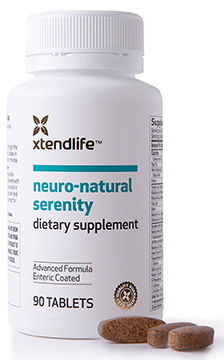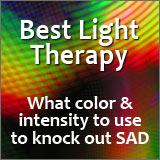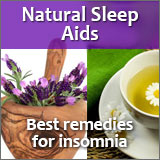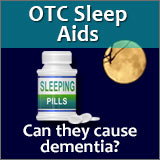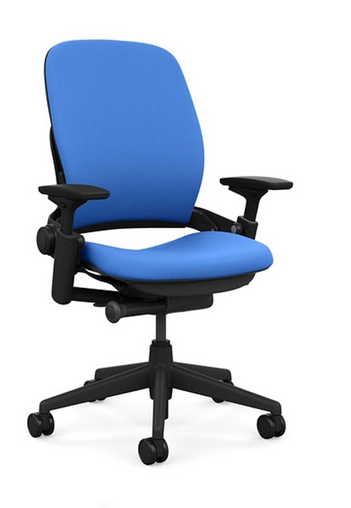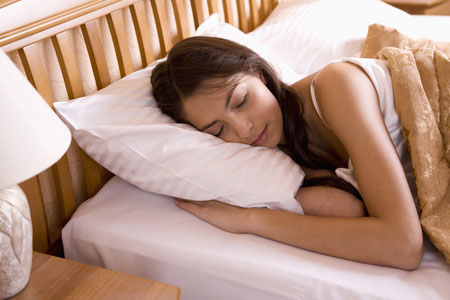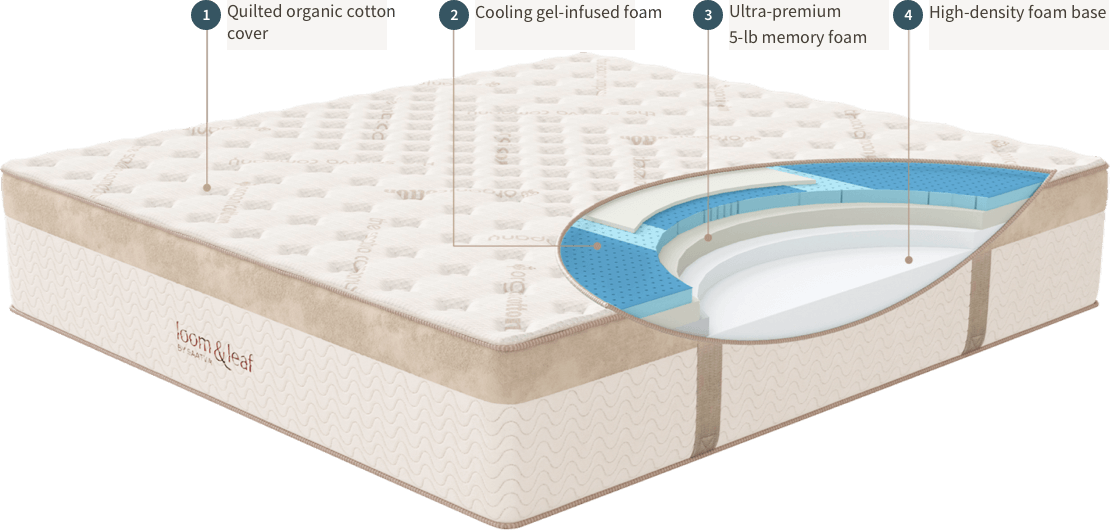Do You Ever Feel Depressed in the Fall and Winter Months? If So, Perhaps It's Seasonal Depression...
Today's a gloomy gray winter day. So let's talk about seasonal depression. This is commonly known as seasonal affective disorder (SAD).
Depression runs in my family. I've seen its effects, including the senseless suicide of my best and closest male friend, a first cousin. He was a fun, good, and kind man. I miss him.
But a mood disorder sometimes causes people to do irrational things that make no sense. So let's see if we can make some sense of—and beam some light on—seasonal affective disorders.
Clues to understanding SAD syndrome
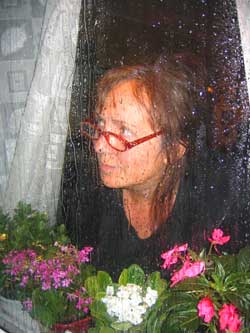
Have you ever noticed in yourself, or in a close loved one, a mood change at the time of year when fall rolls around? If so, that's a first clue in understanding this syndrome.
In essence, a change of seasons—somewhere between September to November—can lead to a major slump in a person's outlook on life. That's why this condition is sometimes also referred to as winter depression or winter SAD.
For people with SAD, these feelings come on as regular as clockwork at about the same time every single year. Understand that in the more severe cases, these aren't just the mild winter blues or winter blahs, but rather a serious negative change in one's mental health.
When does this SAD mood end?
Fortunately, this negative mood begins to lift in the spring, typically March or even April. And it finally melts away like ice in the sun as the days head deeper into the spring and summer.
That's why spring is indeed a lighthouse to those dark souls lost in winter's discontent...a wonderful welcome beacon of light for those who suffer from seasonal depression.
There is, however, also another type of depression that can happen in the summer instead of during the winter months. This seasonal disorder is sometimes called reverse seasonal affective disorder or summer depression. It's a rare type of SAD and a form of bipolar disorder. The condition starts in late spring or early summer and ends in the fall.
The importance of diet and exercise
Eating healthy foods and exercising are essential for helping with seasonal depression. Both of these can have a positive effect on mood control.
Omega-3 fatty acids may also be beneficial for depression.
To read more about brain health and the importance of good nutrition, click here. Under the headline Food and Nutrients, be sure to click read more. There is an excellent summary there on depression.
Neuro-Natural Serenity is a supplement you may also be interested in learning more about. It has been formulated to:
- Promote better brain health
- Help maintain better mood
- Relieve stress, anxiety, and frustration
You can learn more about Neuro-Natural Serenity by going here.
Important Tip
About Depression
If you are taking anti-depressants, always discuss with your doctor any supplements you are considering.
Who's at risk of having the symptoms of depression?
Symptoms of SAD occur more often in women than men. In men though the symptoms of seasonal affective disorder may be far more severe.
The risk of onset of these affective disorders can begin in childhood and some younger teens may suffer from them. However, these types of depression are far more likely to begin in a person's life somewhere between the ages of 18 and 30. The risk usually declines as adults get older but it can happen at any age.
That's a brief overview of this condition that is such a
miserable experience for millions of people around the world. But
surprisingly,
do you know what question a lot of skeptical people ask?
Is seasonal depression real?
After you read the information in the part 2 article below, you'll say to yourself "What a silly question. Of course it's real."
Then in part 3 we'll look at:
- Seasonal affective disorder symptoms. (This is crucial to know.)
- The sleep disorder and depression connection, including insomnia and hypersomnia.
- What causes seasonal affective disorder?
And finally in part 4, and the article below called best light therapy for SAD, we'll explore different treatments for seasonal depression. Some of the treatments may surprise you.
Here are more articles you will find helpful
Here's A Free Audio for You On SAD Syndrome
Part 2: Seasonal Affective Disorder: How Many People Have SAD Disorder?
Part 3: 13 Symptoms of Seasonal Affective Disorder
Part 4: 5 Tips for Seasonal Affective Disorder Treatment
Best Light Therapy for SAD: White, Blue, Green, or Red?
Return to Sleep Passport Home Page
